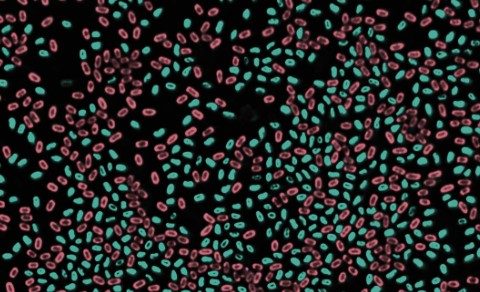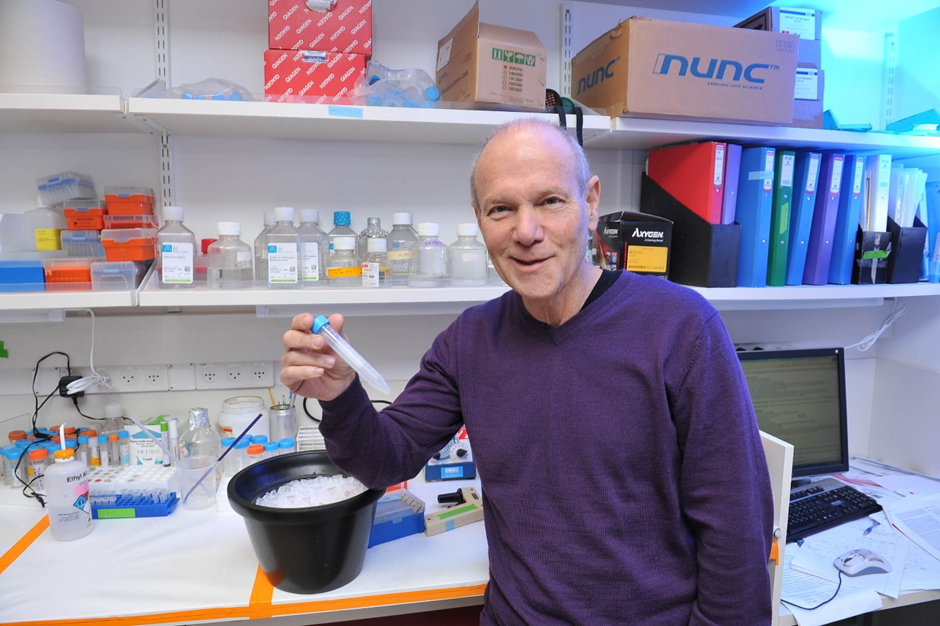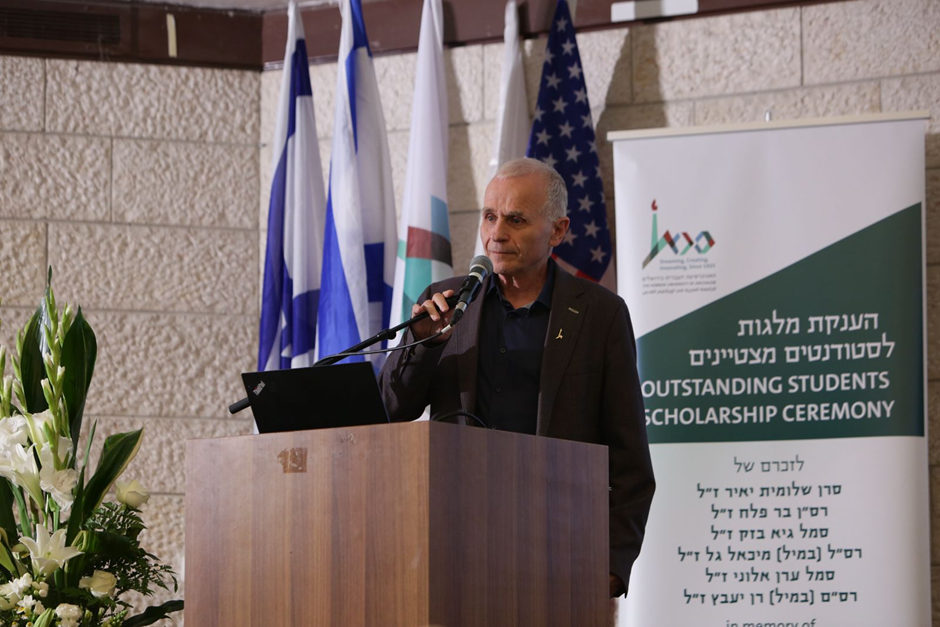
December 1, 2023 — In a pivotal discovery, Hebrew University of Jerusalem researchers have unraveled the mechanisms governing how bacteria spores retain vital genetic information during dormancy, and activate when revived.
The study, published in Molecular Cell, highlights the discovery of a central chromosomal domain within dormant spores and was spearheaded by Prof. Sigal Ben-Yehuda of the Hebrew University Department of Microbiology and Molecular Genetics and her team.
Understanding this process not only sheds light on bacterial survival in harsh conditions but could offer insights into sustaining long-term transcriptional programs in diverse organisms. Such knowledge might pave the way for strategies to control pathogens, enhance biotechnological processes, and deepen the understanding of dormant states across different life forms.
Spores, resilient and protective structures formed by certain microorganisms like bacteria and fungi, serve as a survival mechanism against adverse conditions. Bacterial spores are among the longest-living cellular forms on Earth, with reports evoking their revival following millions of years of dormancy. They encapsulate the organism’s genetic material and essential components, remaining inactive until conditions become favorable for germination. Comprehending spores is crucial in various fields, offering insights into survival strategies and potential applications in microbiology, agriculture, and biotechnology.
Upon emergence from dormancy, the RNA polymerase inside these spores promptly initiates the copying of vital genetic instructions. It recruits necessary components for transcription, such as sigma factors, swiftly activating essential genes necessary for cellular functions. The study also observed a similar process in disease-causing bacteria that form spores, suggesting a common strategy among various organisms to reinitiate functions after dormancy.
“Our research suggests that the structure of the spore chromosome is designed to uphold a blueprint for gene activity by pausing RNA polymerase, in a standby mode, ready to resume gene expression when conditions favor revival,” Ben-Yehuda says. “This mechanism’s relevance might extend beyond bacteria, offering valuable insights into maintaining enduring gene activity plans across various organisms that undergo dormant life stages.”
Researchers:
Bing Zhou1, Yifei Xiong1, Yuval Nevo2, Tamar Kahan3, Oren Yakovian1, Sima Alon1, Saurabh Bhattacharya1, Ilan Rosenshine1, Lior Sinai1, Sigal Ben-Yehuda1
Institutions:
1) Department of Microbiology and Molecular Genetics, Institute for Medical Research Israel-Canada, The Hebrew University-Hadassah Medical School
2) Info-CORE, Bioinformatics Unit of the I-CORE Computation Center at the Hebrew University of Jerusalem
3) Bioinformatics Unit, Faculty of Medicine, The Hebrew University of Jerusalem
Related articles
The Hebrew University of Jerusalem—Shaping the Future Since 1925
April 1, 2025 – The Hebrew University of Jerusalem was established 100 years ago today with thousands of guests, dignitaries, and academic delegations from many countries in attendance on its new Mt. Scopus campus. Among the thousands in attendance were residents of the Land of Israel and
The Hebrew University Congratulates Prof. Yinon Ben-Neriah on Winning the Israel Prize for his Groundbreaking Research in Cancer
March 25, 2025 – AFHU joins the Hebrew University of Jerusalem in congratulating Prof. Yinon Ben-Neriah on being awarded the prestigious Israel Prize for his groundbreaking contributions to cancer research. Prof. Ben-Neriah is a distinguished physician, immunologist, and leading cancer
Hebrew University Honors Fallen Soldiers and Awards Scholarships in Their Memory
March 25, 2025 – As part of its enduring commitment to honor the memory of Israel’s fallen heroes, the Hebrew University of Jerusalem (HU) held two moving ceremonies this week. These events served as powerful moments of remembrance, gratitude, and unity—bringing together the academic




